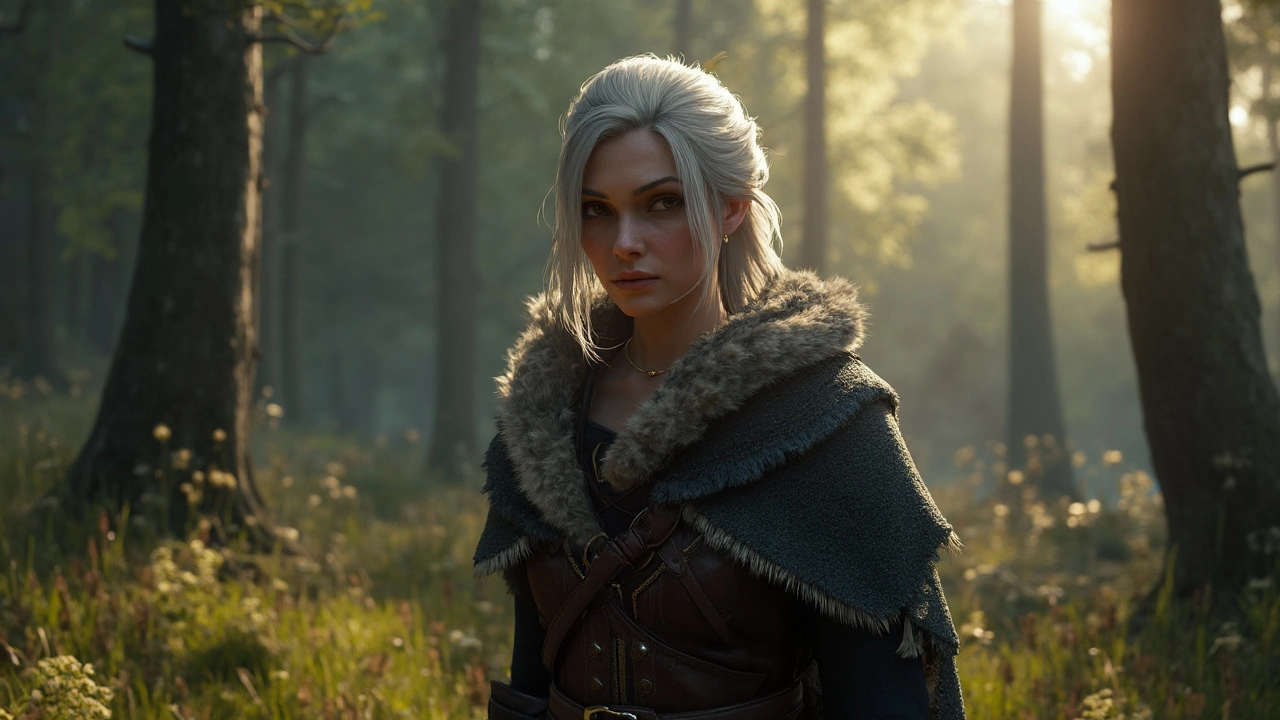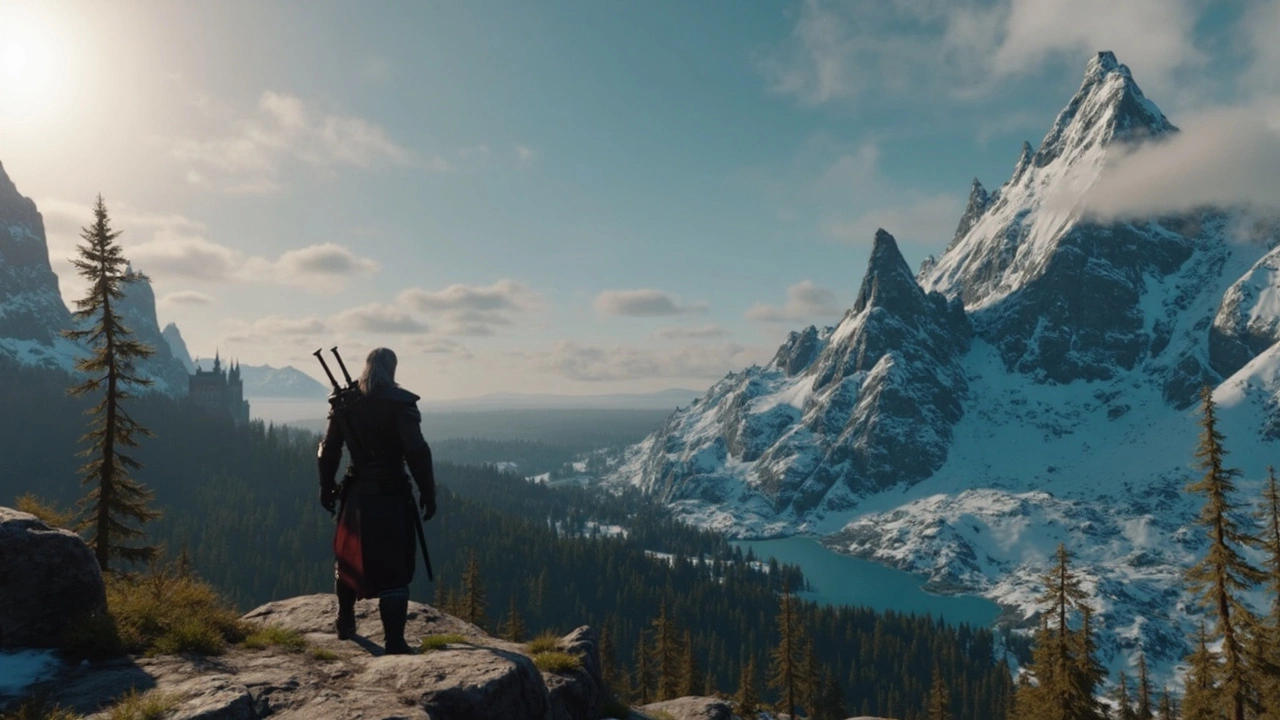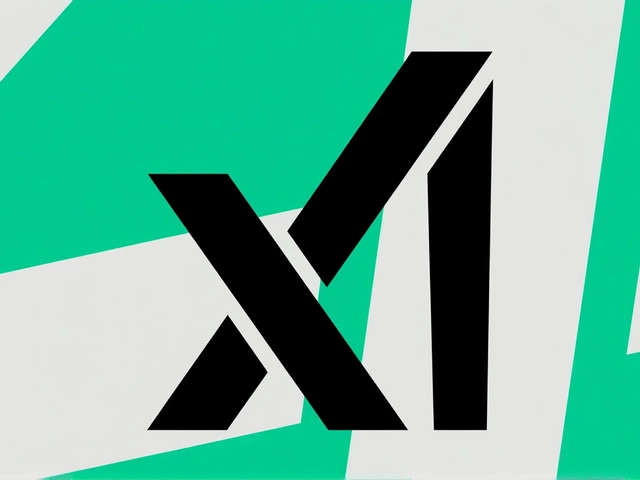The Witcher 4 Tech Demo: A Glimpse into Next-Gen Open Worlds
It’s not every day you see a beloved RPG series leap so far ahead in technology. At Epic Games’ State of Unreal 2025 event, CD Projekt Red let their ambitions loose on stage with a technical demo for The Witcher 4. What’s got fans and developers buzzing? The game ran on Unreal Engine 5.6, hitting 60 frames per second with ray tracing enabled—on a regular PlayStation 5, no expensive PC upgrade required.
The demo gave a first look at Ciri trekking through Kovir, a fresh region for Witcher fans. Until now, Kovir was more legend than in-game reality. Suddenly, you’ve got Ciri striding through bustling marketplaces, with smooth visuals and a jaw-dropping level of detail, all happening in real-time on Sony’s current-gen console.

Pushing the PS5 to Its Limits
The real headline here is performance. Open-world games on consoles usually have to pick between flashy visuals or smoother frame rates, but the Witcher 4 demo refused to compromise. At 60 FPS—while still boasting ray tracing—the game looks and feels slick, with light bouncing off armor, puddles, and shop windows.
Fast Geometry Streaming was on display too. Basically, it means you’re not stuck looking at loading screens or waiting for the world to slowly pop in as you run around. Instead, everything loads in on the fly, keeping up with the player as they roam new parts of the city or countryside. With open-world maps expanding and player expectations rising, loading speed is more than just a nice extra—it’s a must.
Take a walk through that Kovir market scene, and you’ll spot 300 individually animated NPCs. No easy copy-paste tricks here; this is advanced crowd AI running right in front of you. The tech behind it—courtesy of Unreal Engine 5’s new simulation systems—manages the chaos of busy, living spaces, with everyone behaving just a bit differently. It’s a huge step from the static or repetitive crowds you see in many releases.
Visual effects weren’t an afterthought either. Epic and CD Projekt Red highlighted Chaos Cloth for bringing cloaks and tunics to life as characters moved. Lighting was another leap forward—the way light filters through windows or dances off metallic surfaces felt closer to real life than game graphics usually do.
The lush environments got a boost from Nanite Foliage, which packs dense forests and grassy fields into the scene without melting your console. This feature is memory-efficient, so you can walk through a living, green world that doesn’t end up looking sparse or losing frames. Epic said some of these features will be more widely available in Unreal Engine 5.7 too.
Of course, it’s important to remember that this was a technical demonstration, not a peek at the final Witcher 4 gameplay. Epic and CD Projekt Red wanted to show what their tools—and their partnership—can deliver. That collaboration stretches back to the early days of Unreal Engine 5, with both teams focusing on upgrades designed specifically for massive open worlds. This demo is their joint “proof-of-concept”—evidence that their ambitions are more than talk.
Witcher 4 is still early in development, so plenty of things could change. But seeing a familiar universe rendered at such a high level, with crowds moving naturally, realistic lighting, and barely any loading, hints at a future where open-world RPGs finally feel seamless and alive on consoles—not just high-end PCs.





